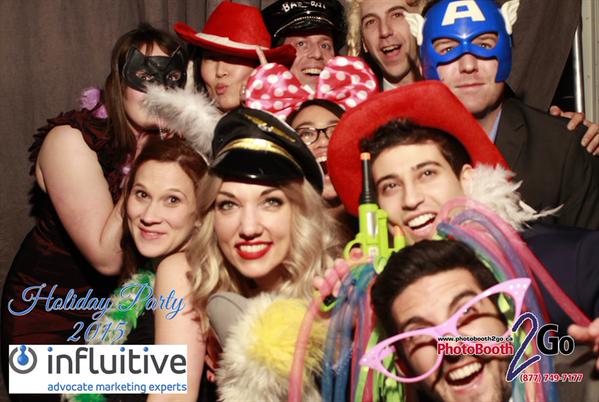The Founders Who Turned a Dud Into an Enterprise With a Million Paying Customers
This post, “The Founders Who Turned a Dud Into an Enterprise” appeared first on Inc. It was the spring of 2009, before we had even met Mike Silagadze. He was sitting…
Startup Hiring: Who Will Soar? Who Will Crash and Burn?
It seemed like a stroke of luck when she was referred by one of your VPs who’d worked with her in the past. She had a rock solid resume showcasing…

How Influitive Uses ClearFit to Build Its World-Class Customer Success Team
Chad Horenfeldt, VP of Customer Success at Influitive, uses ClearFit to solve 8 start-up hiring challenges and build his world-class customer success team.
